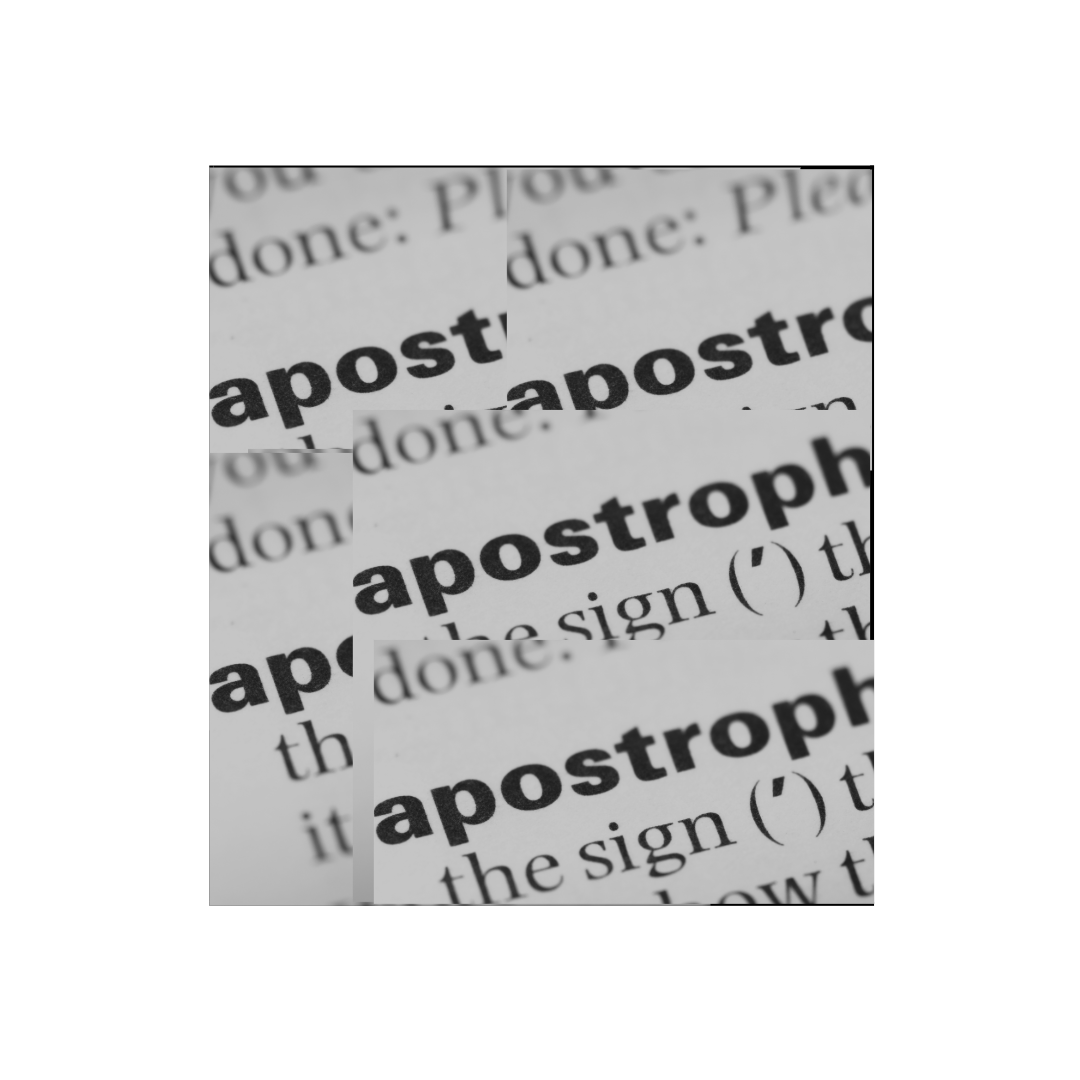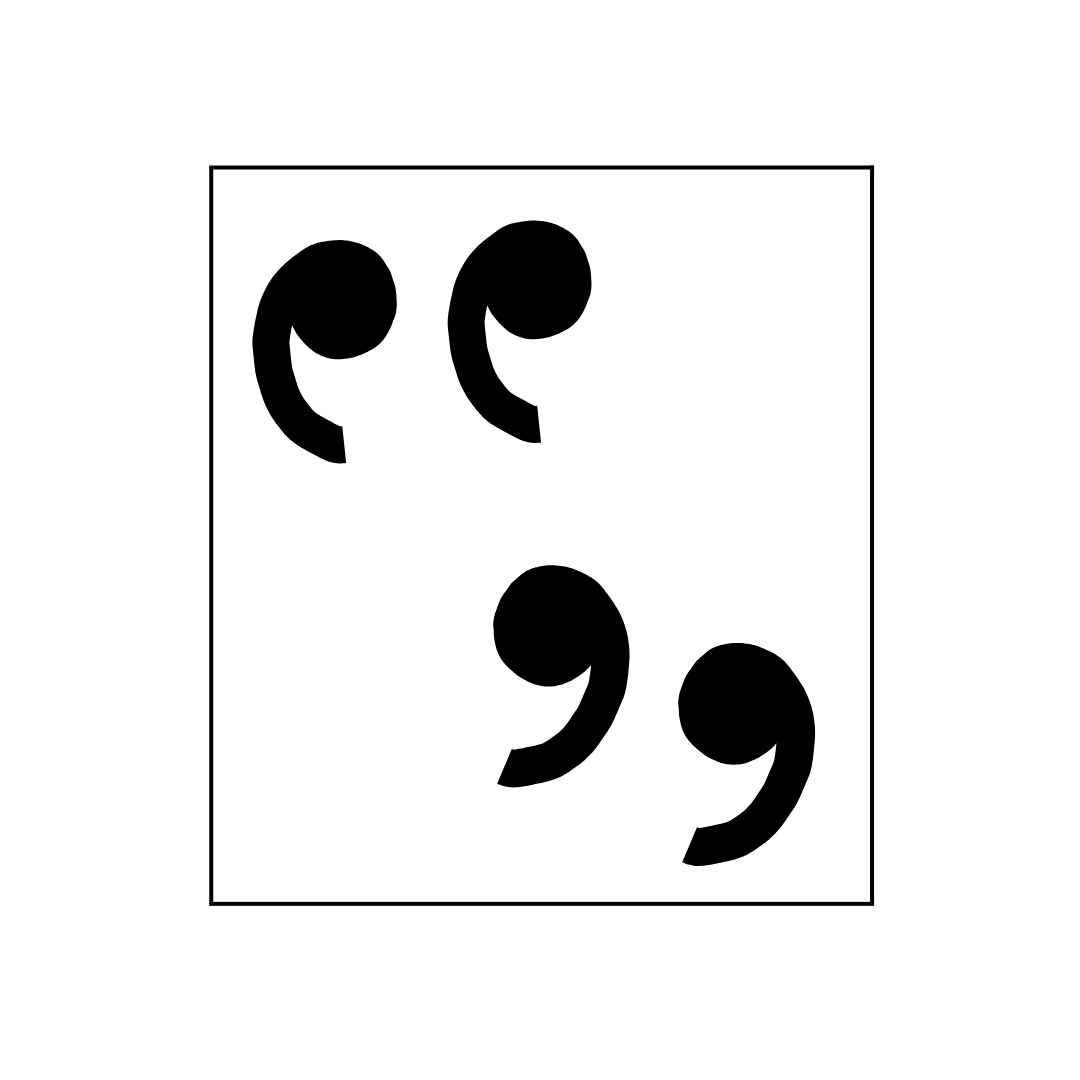Comma
Comma
Generally commas exist to create pauses in writing. Their specific uses are many and varied.
lists
Separate items in a list using a comma.
The garden had many different flowers of red, green, blue and yellow.
Some writers and publications use the Oxford Comma to avoid confusion in lists. For instance, in the above example are the flowers coloured red, green, blue and yellow or are some coloured red, others green, and so on? Opinions differ on the Oxford Comma, but many style guides suggest using it if the meaning can be easily confused.
The garden had many different flowers of red and green, blue, and yellow.
If an item or items in a list have their own commas separate them with a semicolon.
The garden had roses, which were beginning to droop; hydrangeas, which were blossoming in pink and blue; and daisies, verdant and abounding throughout.
Commas also separate adjectives in a series.
The crown jewel of the whole garden was a tall, proud, yellow sunflower that beamed down like its namesake.
parentheticals
Use commas to separate non-essential information from the main clause. Remember commas used in this way always come in twos.
Her business suit, an Armani, made her look very professional.
In the above example the suit being Armani is not vital to the sentence’s meaning; it only provides more context. The sentence is still understandable without the phrase between the two commas.
Her business suit made her look very professional.
Do not use commas in this way if the information is vital to the meaning of the sentence.
Compare:
It took all day and half the night to finish my report.
To:
It took all day, and half the night, to finish my report.
If the information inside the commas was removed the sentence reads as though the report took all day only.
therefore, nevertheless, etc.
Words such as ‘therefore’, ‘nevertheless’, etc. should also be set off with a pair of commas.
It was an important meeting, therefore, he practiced his speech for hours.
The forecast said it was going to rain, nevertheless, putting my hood up was enough to keep me dry.
logic
Separate one part of a sentence from another to avoid confusion and enhance readability.
Compare:
They went through the back fence, then on to a rolling field that stretched beyond.
To:
They went through the back fence then on to a rolling field that stretched beyond.
In the latter example there is some ambiguity about when they went through the back fence. Did they go ‘through the back fence then …’ (i.e. after they did something else) or did they go through the back fence first, then onto the rolling field?
These commas are particularly relevant to sentences beginning with temporal phrases such as ‘from’, ‘since’, ‘before’ etc.
Since the beginning of the year, his car had broken down several times.
Without the above comma it may seem as though his car has been breaking down for a whole year: ‘the year his car broke down’ so to speak.
address
Use commas to separate a person’s name when they are addressed directly.
Henry, can I please have a look at that?
If that’s the way you feel, Lauren, we can always change it.
I don’t have time for this, Alex!
Use commas to introduce dialogue and quotations.
He looked up and said, ‘This isn’t what I asked for.’
A comma also closes dialogue when the sentence continues on without it.
‘This is precisely what you asked for,’ she replied.
When punctuated by non-dialogue, close the first part of dialogue with a comma and then reopen it again with another comma.
‘I asked,’ he growled, ‘for the report!’
Note: Only use commas in this way when non-dialogue interrupts a sentence, otherwise implement a full stop either at the end of dialogue, or at the end of narrative.
‘You might see that it is the report if you put on your glasses.’ She sighed and rubbed the bridge of her nose, ‘How you came to be CFO is beyond me, Richard.’






